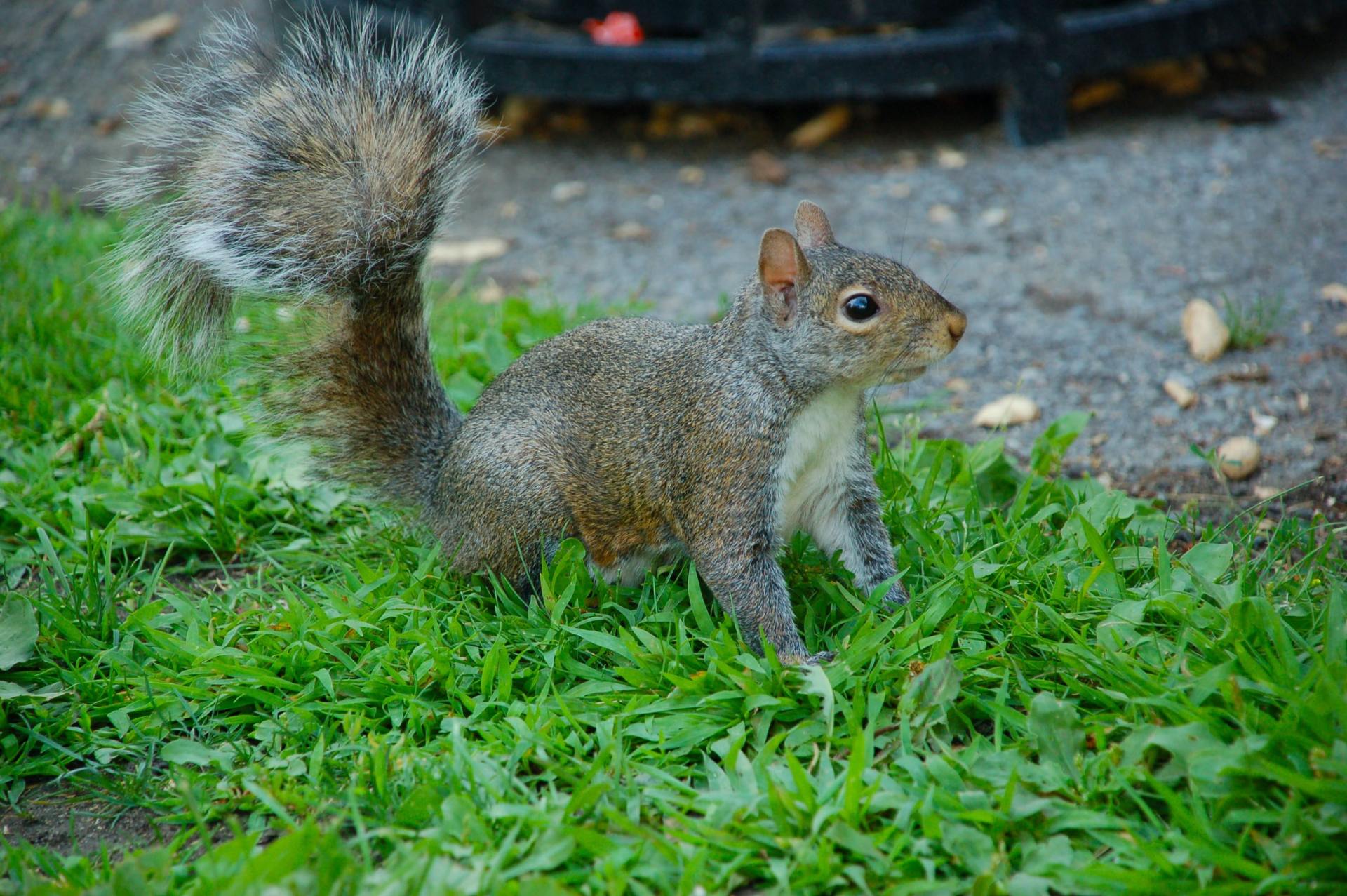All About Pests - Everything You Need To Know About Squirrels
Insights Into the Lives of Squirrels and Strategies to Prevent Them From Invading Your Property

With their bushy tails and acrobatic antics, squirrels are a common sight in many communities. While these furry creatures may appear harmless, their presence can sometimes lead to unwanted encounters and property damage. Understanding squirrel behavior and implementing preventative measures is essential for maintaining a harmonious coexistence. Let’s delve into the world of squirrels and explore how to deter them from invading your property.
All About Squirrels:
Squirrels belong to the family of small or medium-sized rodents called Sciuridae. They are known for their agility, intelligence, and adaptability. With over 200 species worldwide, squirrels vary in size, color, and habitat preferences. In urban and suburban areas, the Eastern gray squirrel is one of the most prevalent species, distinguished by its gray fur and white underbelly.
Diet:
Squirrels are omnivores with a varied diet that includes nuts, seeds, fruits, vegetables, insects, bird eggs, and small vertebrates. Their diet often depends on seasonal availability and geographic location. Squirrels are notorious for raiding bird feeders and gardens, making them a common nuisance for homeowners.
Lifecycle and Reproduction:
Squirrels typically breed twice yearly, in late winter/early spring and late summer. Females give birth to litters of 2-8 pups after a gestation period of about 44 days. Baby squirrels, called kits or pups, are born blind and hairless, relying on their mother for warmth and nourishment. They gradually develop and venture out of the nest within a few months, reaching maturity at around one year of age.
Frequently Asked Questions About Squirrels:
- Why do I have squirrels in my yard?
Squirrels are attracted to yards with abundant food sources, such as bird feeders, fruit trees, and gardens. They may also seek shelter in trees, attics, or crawl spaces. Keeping food sources inaccessible and sealing potential entry points can help deter squirrels from taking up residence on your property. - How can I prevent squirrels from damaging my property?
Install squirrel-proof bird feeders with cages to prevent squirrels from accessing bird seed. Trim tree branches away from your home to prevent squirrels from gaining access to rooftops and attics. Seal openings and gaps in your home’s exterior to prevent squirrels from entering. - Are there humane ways to deter squirrels?
Yes, several humane methods can deter squirrels without causing harm. These include using squirrel repellents, installing motion-activated sprinklers or lights, and providing alternative food sources away from your home. - What are effective squirrel repellent solutions?
Critter Repellent offers squirrel-repellent products designed to deter squirrels from entering your property. These repellents use natural ingredients to create an unpleasant environment for squirrels, encouraging them to seek food and shelter elsewhere. - When should I seek professional pest control services?
If squirrels persistently invade your property despite your efforts to deter them, or if they have caused significant damage to your home, it may be time to enlist the help of professional pest control services.
In conclusion, understanding squirrel behavior and implementing preventive measures are vital to keeping these furry creatures at bay. By following these tips and utilizing effective pest control solutions, you can maintain a squirrel-free environment and preserve the harmony of your property.
Critter Repellent All Natural Animal Repellent Blog












